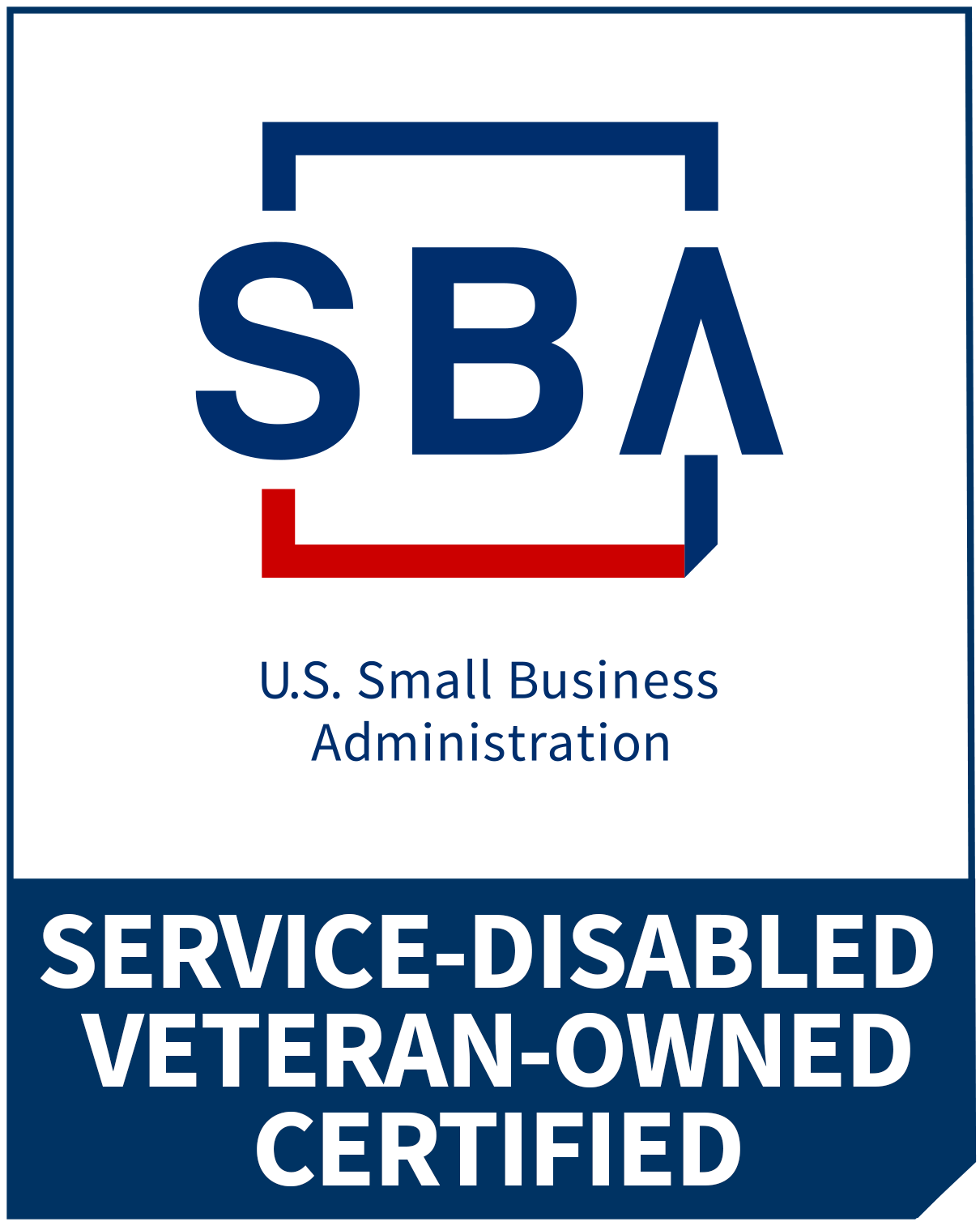Where is your CX function located?
That’s a common question often used to kick off conversations on many webinars and conference chats. For a while I found it mildly interesting as a survey question and as an icebreaker or a means of getting people engaged right off the bat. But the more I found the answer to be “within the Customer Support organization,” the more puzzled I became:
Isn’t the goal of CX, to a degree at least, to drive support out of business?
I’ve written about the Closed-Loop Feedback system before, and for those not familiar with it, the concept is at the heart of what CX is looking to do: Improve your Customers’ Experiences. In a nutshell, the idea is to take feedback from the Customers (through your VoC program), derive the insights from the analysis of that feedback, and then drive improvements in your organization’s processes in order to improve what you do with the end goal of solving your Customers’ concerns. The recipients of the feedback can be anywhere along the Customer’s value-chain and journey; from product development to UI improvements on your website, to the sales process, to even yes, your Customer Support organization. But in the end, the goal is to make it easier for your Customers to do business with you…even to the extent (yes, it’s aspirational) to have no need for a support organization in the first place.
Now, that’ll mean that the processes you have in place to shop for your products or services, purchase them, have them delivered, use and maintain them, and replace and dispose of them are all Customer-centric and as effortless for your Customers as possible. A big chunk (although for sure not the only source) of effort for your Customers is when your product or service doesn’t come through for them. That may be because the engineering or materials aren’t up-to-snuff. It may be because the user manual needs an overhaul or simplification. It might be because your service technicians aren’t efficiently routed or scheduled. Who usually is the touch-point within your organization when these things (or any number of other things) go wrong? Usually, it’s your Customer Support organization. (Here I’ll differentiate between Customer Support, where people call when something’s not working or not working properly—and Customer Service, where you provide paid-for services or maintenance on a regular basis.)
What’ll happen if your CX efforts are successful? Well, Customers will have a more effortless experience, they’ll encounter fewer issues, and ultimately they’ll call in (or write in, or come in, or text, chat, email, whatever) much, much less. In fact, one answer to the perennial question of identifying the ROI for your CX program is that you’d need fewer Customer Support agents if your Customers were having fewer issues with your products or services. These resource savings could be put back into developing newer and better products and services. While having ‘no failures’ is, again, aspirational, it’s surely a success indicator to demonstrate fewer Customer contacts or complaints.
That’s why it’s interesting when I encounter companies whose Customer Experience shops are actually working within their Customer Support organizations. While a good CS group surely should be concerned about the CX for Customers under their purview (i.e., Do your agents and associates provide a good experience when Customers contact you? Are those interactions free of unnecessary effort or hassle? Do you solve problems on the first contact? Etc.), if a CX professional in the CS organization took a strategic view of her responsibility to the overall corporate goals, implementing a successful closed-loop feedback initiative would necessarily mean less business for the CS group in the first place. In fact, all leaders within Customer Support should strive to drive themselves out of work, frankly. If they care about the Customers (and the bottom-line of your enterprise), their number one goal should be to make their organizations unnecessary. Again, no organization will ever hit the ‘no failures’ goal. And you’d never literally want to extinguish your support organization—thereby leaving your Customers with no one to contact if something does goes wrong. But if an executive has a sprawling Customer Support kingdom of hundreds of agents, supervisors, technicians, and support staff, how can he be incentivized to drive down the number of calls that come in? It’s what pays his salary.
In the end it’s much better for the CS organization to work within the CX organization instead of the other way around. The goal of the CX function is to drive up Customer satisfaction, ease of effort, retention, repurchase, etc. If your CX team works within a group whose bread-and-butter is Customer’s issues, how can you ever expect the message about how to fix things get to the people who can make that difference? On the other hand, your Customer support organization will likely be the most valuable source of Customer feedback, because when they’re having issues with your product or service, that’s where your Customers will turn, so that’ll be where you can find these insights. That’s why CS should work for CX, not the opposite.




